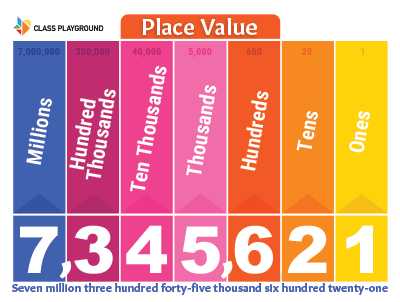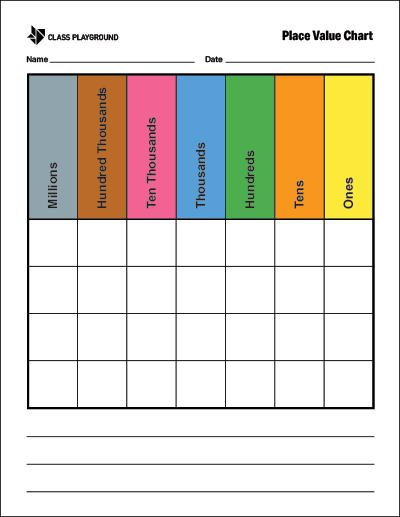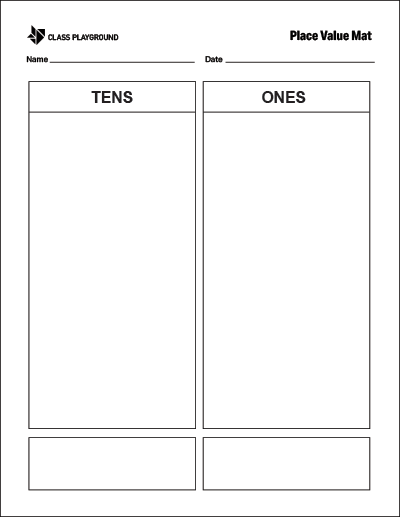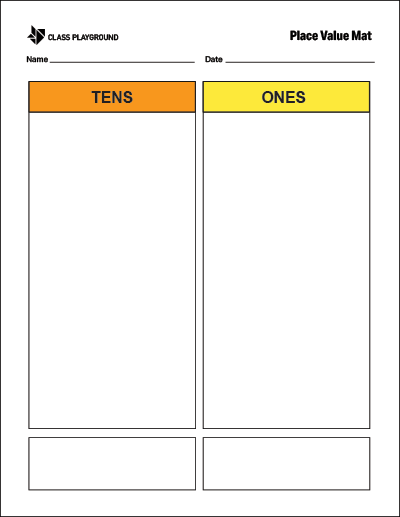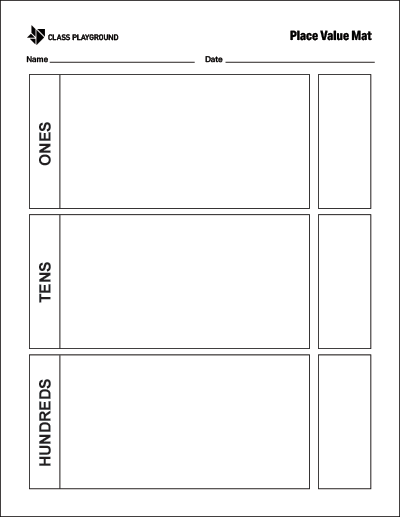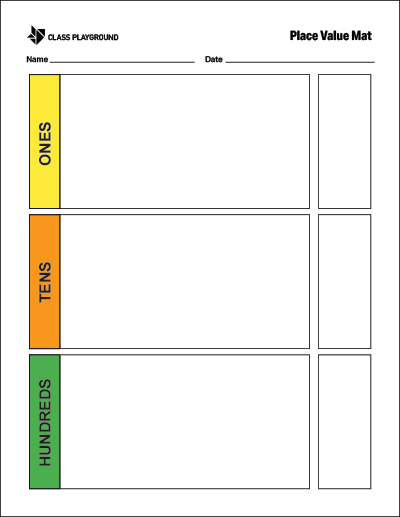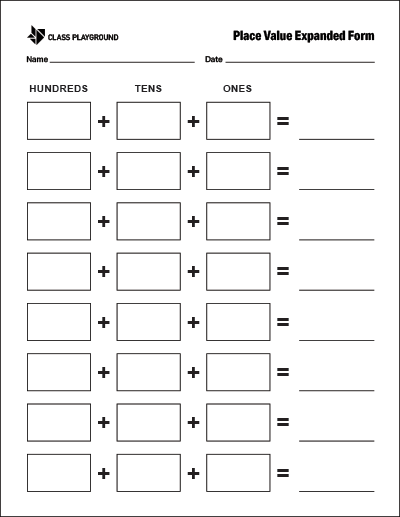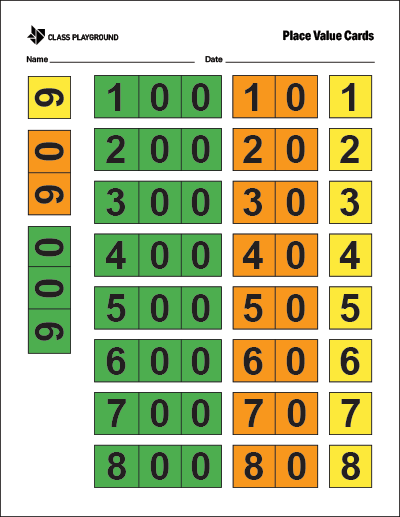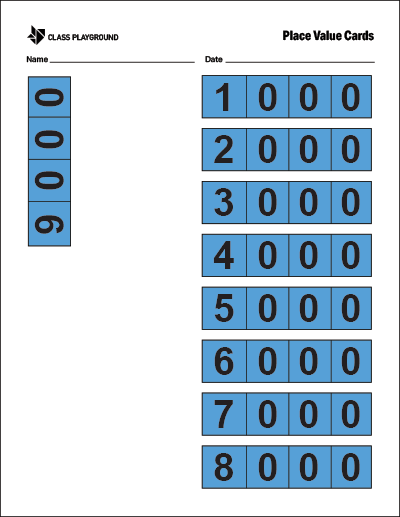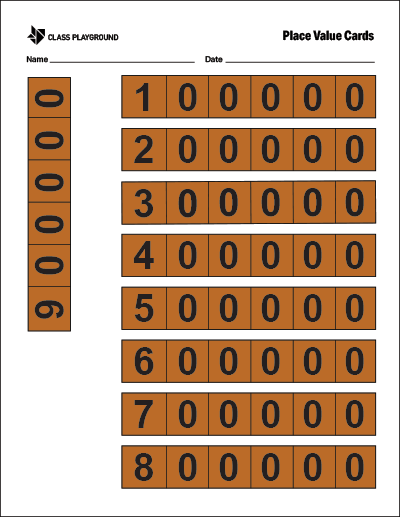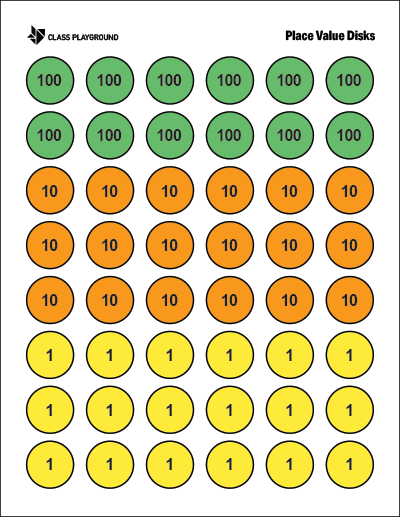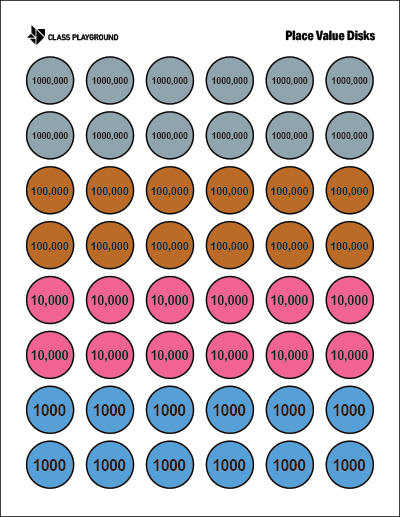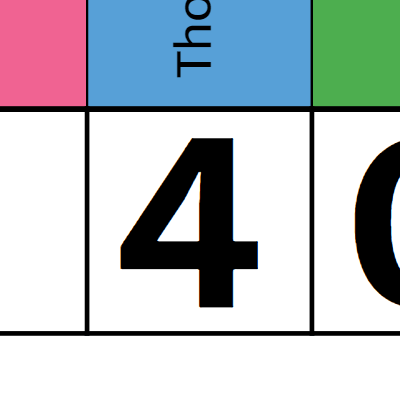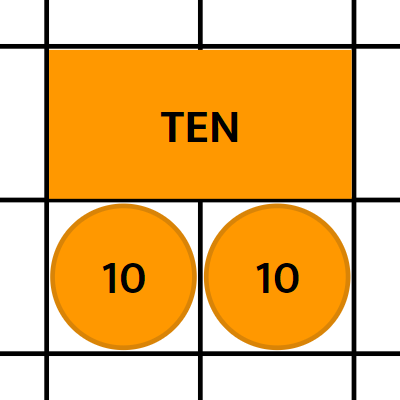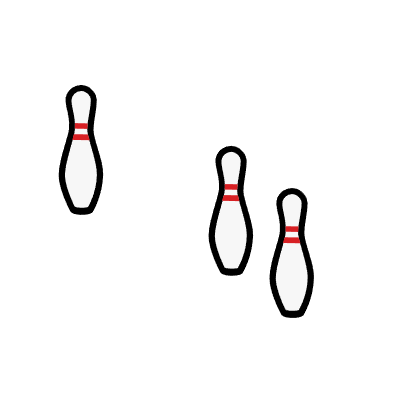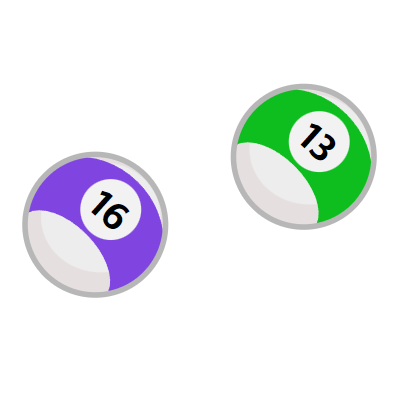What is Place Value?
Place value is a fundamental concept in mathematics that helps us understand the value of digits in a number based on their position. In our decimal number system, each place represents a power of 10. For example, in the number 345, ‘5’ is in the ones place, ‘4’ is in the tens place, and ‘3’ is in the hundreds place. This means that the actual value of ‘4’ isn’t just four, but forty.
Why is Place Value Important?
Understanding place value is critical for students as it forms the basis for all mathematical operations, including addition, subtraction, multiplication, and division. It also aids in estimating, rounding, and comparing numbers. Moreover, place value understanding is essential in daily life scenarios, such as handling money or measuring distances.
Strategies for Teaching Place Value
- Use Concrete Materials: Start with concrete materials like base-ten blocks, which can physically represent ones, tens, hundreds, etc. These manipulatives allow students to visualize the concept of place value, making it easier to grasp. For example, if you’re teaching the number 123, you can use one hundred-block, two ten-blocks, and three one-blocks to illustrate it.
- Incorporate Number Lines: Number lines are an excellent tool for teaching place value. They can help students understand the distance or value between numbers and how each digit’s position affects a number’s overall value. For example, the difference between 10 and 20 on a number line visually demonstrates the value of the tens place.
- Introduce Expanded Form: Teach students to break down numbers into their expanded form. For example, the number 345 can be expressed as 300 + 40 + 5. This method reinforces the concept of place value and helps students understand how each digit contributes to the total value of a number.
- Practice with Worksheets: Worksheets with exercises related to place value can provide students with ample practice. They can include activities like writing numbers in expanded form, comparing numbers based on place value, and identifying the value of specific digits. Regular practice can help reinforce the concept of place value.
- Play Games: Games can make learning place value fun and engaging. Consider games like ‘Place Value War,’ where students draw cards, create numbers, and compare to see who has the largest number. This not only reinforces the concept of place value but also adds an element of competition that can motivate students.
Activities
- Place Value Chart: Have students create their own place value charts, from ones to thousands or even higher for older students. They can use these charts to determine the value of digits in different numbers. For example, in the number 345, the 3 is in the hundreds place, the 4 is in the tens place, and the 5 is in the ones place.
- Roll and Write: Let students roll dice to create a number. If they roll a 3, a 4, and a 5, they have the number 345. Then, they can write it out in expanded form (300 + 40 + 5), demonstrating their understanding of place value.
- Build a Number: Give students a set of digits and ask them to build the smallest and largest possible numbers. For instance, with the digits 3, 4, and 5, the smallest number is 345 and the largest is 543. This activity encourages them to think about the value of each digit based on its position.
- Place Value Riddles: Write riddles that require students to identify numbers based on descriptions of their place values. For example: “I am a three-digit number. My tens digit is 4 more than my hundreds digit, and my ones digit is 2 less than my tens digit. What number am I?” (Answer: 286)

